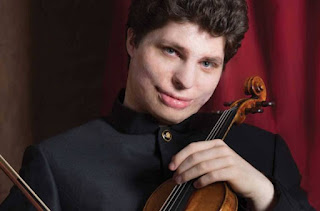IRT's 'You Can't Take It With You': The lesson still applies, though the examination ages

Fun finale: All improbabilities are reconciled as 'You Can't Take It With You' privileges fun. Two cheeky young playwrights, George S. Kaufman and Moss Hart, caused a sensation in 1937 with an energetic Broadway comedy trumpeting a message in its title: "You Can't Take It With You." It ran for 837 performances and won that year's Pulitzer Prize for drama. Indiana Repertory Theatre just this weekend opened its second-ever production of the show, wisely resisting all possible temptations to update it. Its gallimaufry of sight gags and witticisms, threaded throughout the dizzyingly paced dialogue within one Manhattan household and its visitors, evokes an era. America was recovering uneasily from the Depression. Everyone was being urged to get with the system that had recently let them down. Going against the grain is discouraged; the range of expressing oneself freely is tightly prescribed. True, the message of tolerance that prevails at the end give










